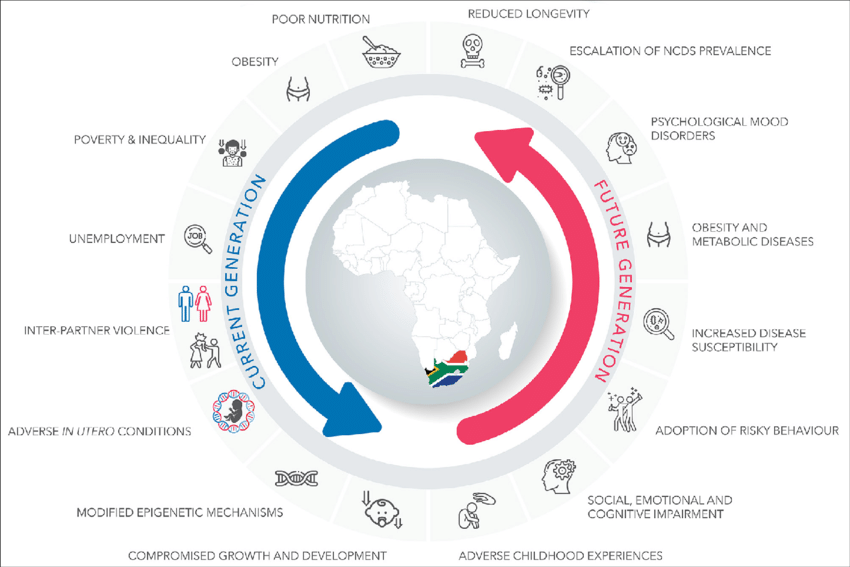AI's Role in Enhancing Cybersecurity Resilience

The rapidly evolving landscape of the digital economy, while fostering unprecedented innovation and growth, concurrently presents a widening attack surface for cybercriminals. As businesses increasingly digitize and expand their global interconnectedness, the vulnerabilities associated with these technological advancements make robust cybersecurity a fundamental pillar for sustainable growth. Traditional security measures, such as firewalls, antivirus tools, and Security Information and Event Management (SIEM) systems, operating primarily on predefined rules and known threats, are proving insufficient against the sophisticated and novel techniques employed by modern attackers, especially with the increasing accessibility of malicious AI tools. This inadequacy is highlighted by recent statistics: Sophos reports that 55% of enterprises in the Asia-Pacific Japan (APJ) region feel unequipped to safeguard their organizations from AI-powered cyber threats, and Deloitte indicates a 7% increase in cybersecurity incidents for cyber-mature organizations, with 25% experiencing 11 or more incidents in the past year.
To counter these escalating threats, organizations must move beyond simply layering more tools and instead invest in intelligent, adaptive, and self-reliant security postures. Much like the human immune system, AI-driven security models are specifically engineered to recognize, respond to, and neutralize threats in real-time, without dependency on predefined rules or manual intervention. These advanced systems are designed not merely to react, but to anticipate and maintain constant vigilance. By continuously monitoring patterns, learning from anomalies, and evolving with each new attack, they progressively build a stronger defense over time, marking a significant shift from static security to intelligent, autonomous adaptation, which will define the next era of cyber resilience.
At the core of this transformation is the convergence of artificial intelligence, machine learning, automation, and real-time threat intelligence, collectively shaping cybersecurity into a proactive and dynamic defensive strategy. Autonomous defense is rapidly becoming the new standard. Unlike traditional rule-based systems that rely on historical attack patterns, machine learning empowers cybersecurity solutions to detect previously unknown threats by meticulously analyzing behavioral patterns, network anomalies, and deviations in system activity. Both supervised and unsupervised learning methods continuously refine detection models, significantly enhancing predictive accuracy independent of predefined rules. Furthermore, deception technologies, including decoy credentials, honeypots, and false attack surfaces, are strategically employed to lure attackers, revealing their methodologies and generating invaluable real-time threat intelligence. Autonomous security systems not only gather this intelligence but also act on it instantly, isolating threats before they can escalate.
Security Operations Centers (SOCs) are also undergoing a significant evolution. The conventional tiered model, which requires human analysts to manually sift through numerous alerts, is being superseded by AI-driven autonomous SOCs. These advanced systems are capable of prioritizing threats, automating response actions, and remediating incidents at machine speed, thereby substantially reducing the workload on human analysts and drastically improving overall response times. This paradigm shift extends beyond static perimeter defenses, demanding an intelligence-first security approach that integrates identity intelligence, operational intelligence, and behavioral analytics to establish a truly adaptive zero-trust framework. Identity intelligence ensures dynamic access control, while operational intelligence assesses user behavior, device health, and network activity to detect anomalies before they manifest as incidents. A prime example is an AI-powered financial security system designed for anti-money laundering (AML) compliance, which, by analyzing real-time transactions, identifying anomalies, and adapting to emerging fraud patterns, can mitigate compliance risks, prevent financial crime, and alleviate operational burdens without human intervention.
Ultimately, cyber resilience in today’s threat landscape is not achieved by merely constructing more formidable barriers, but by engineering defenses that can anticipate, adapt, and outmaneuver threats proactively. The future of cybersecurity belongs to systems that possess the capability to self-diagnose, self-protect, and self-repair. It is crucial to note that autonomy does not imply the absence of human oversight; principles of explainability, fairness, and transparency must remain central to AI-driven security to maintain trust and accountability. The true strength of any defense lies not in its rigidity, but in its inherent ability to adapt. In a world where threats continuously reinvent themselves, resilience is built through intelligence, agility, and the foresight to evolve. Cybersecurity, therefore, is not a fixed state but a living, learning system, perpetually refining itself to stay ahead of unseen dangers.
You may also like...
Africa's Silent Killer: Unmasking the Looming Non-Communicable Disease Crisis

Beyond infectious diseases, Africa faces a silent killer: surging rates of diabetes, hypertension & cancer. Uncover this...
OPINION: WHY KINDNESS IS NO LONGER ENOUGH IN TODAY'S WORLD

In a world overwhelmed by injustice, violence, and performative virtue, kindness has been reduced to aesthetics and slog...
From Drumbeats to Downloads: How African Storytelling Evolved Through Music and Media

From village griots to viral podcasters, discover how African storytelling has evolved through music, film, and digital ...
Textiles, Trade, and Transformation: How African Fabric Became a Global Business Icon
(1).jpeg)
Discover how African textiles, from Ghana’s Kente to Tanzania’s Khanga, evolved from ancient trade goods to global fashi...
Why A Company's Networth Doesn't Predict Success in Africa

There’s a familiar buzz every time an African startup announces a big funding round—“$80 million secured!” It feels like...
We Were Never in Leaves: An African Loom & the Civilisation We Wove

Before colonialism, African communities had thriving textile cultures, complex weaving traditions, and rich cloth econom...
Revving into the Future: Nigeria’s Formula 1 Dream Inches Closer
.jpeg)
Nigeria is accelerating toward a historic milestone with plans to host West Africa’s first Formula 1-standard racing fac...
If You’re a Gamer, Then Morocco Is Building the Ideal Country for You
.jpeg)
Discover how Morocco is transforming into a digital hub, where gaming meets cultural expression, innovation, and youth e...




